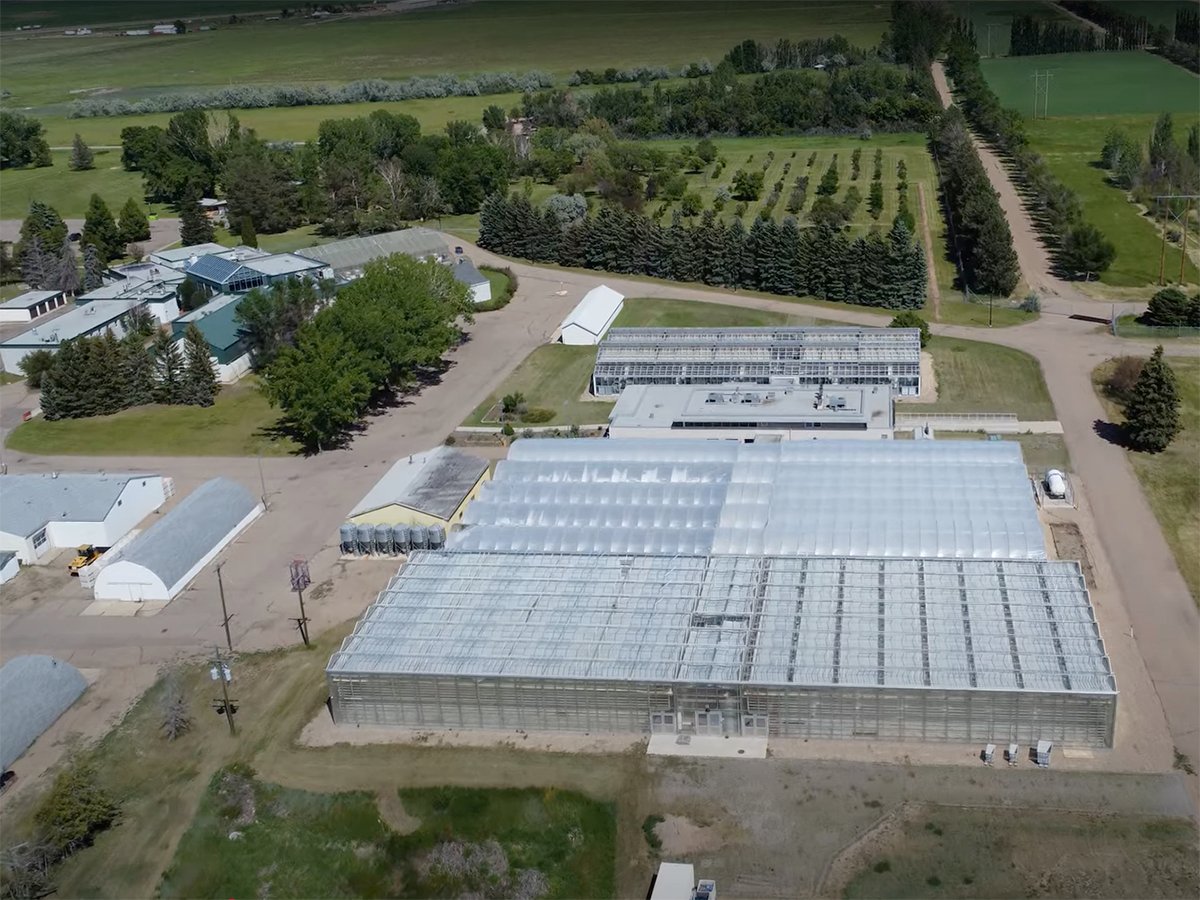With more cows and calves than usual being fed on farms this winter, beef producers are looking to stretch their feed supplies till spring.
Naomi Paley, a livestock agrologist with Saskatchewan Agriculture, said straw in winter rations is one way to do this.
“Compared to hay, straw is relatively inexpensive and because of Saskatchewan’s high acreage of annual crops, readily available,” Paul said.
“But beef producers must remember that straw and grain alone do not make a good ration for a wintering beef cow. Straw does not contain adequate levels of energy, protein, minerals or vitamins to winter a bred cow.”
Read Also

Alberta crop diversification centres receive funding
$5.2 million of provincial funding pumped into crop diversity research centres
Paley said cows cannot eat and digest enough to meet their nutritional requirements because they digest it at a slower rate than hay. Grinding or processing straw will increase intake but problems such as malnutrition, impaction, reduced milk output and lower conception rates can result without proper and balanced supplementation of energy, protein, vitamins and minerals.
All cereal straw types are generally comparable in feed value. Pea and lentil straw has higher levels of protein and energy than cereal straw, but often contains more dust and tends to be coarse and stemmy. When introducing pea or lentil straw, Paley said it helps to remove other forages for a day or two to encourage better acceptance. Year-old straw tends to be more palatable than freshly baled straw.
“In a straw-based ration, grain in some form will likely be the main source of energy,” she said.
“A mature cow can safely eat eight to 10 pounds of grain or pelleted screenings at one feeding. If the level of grain being fed each day is more than this amount, producers should consider dividing the concentrate into equal portions twice a day.”
Paley said feeding limited amounts of hay, even poor-to-medium quality hay, will improve any straw ration. In some cases, she said, the cheapest source of protein will likely come from alfalfa or alfalfa-grass hay. She advised feeding cows hay instead of straw starting at least one month before calving, but preferably six weeks, and throughout lactation.
“And another important aspect to consider is that of straw stored uncovered outside for long periods of time. Because it will likely be weathered, producers should watch for signs of moulding. Mouldy straw, hay or grain should not be fed to pregnant cows, because moulds and the toxins they produce can cause health problems in the bred cow.”














